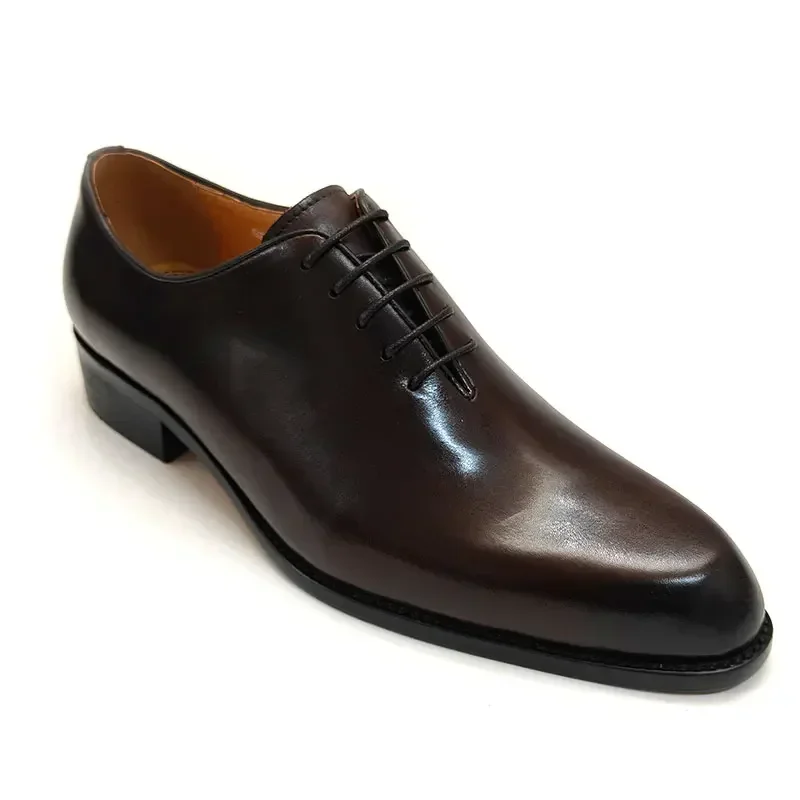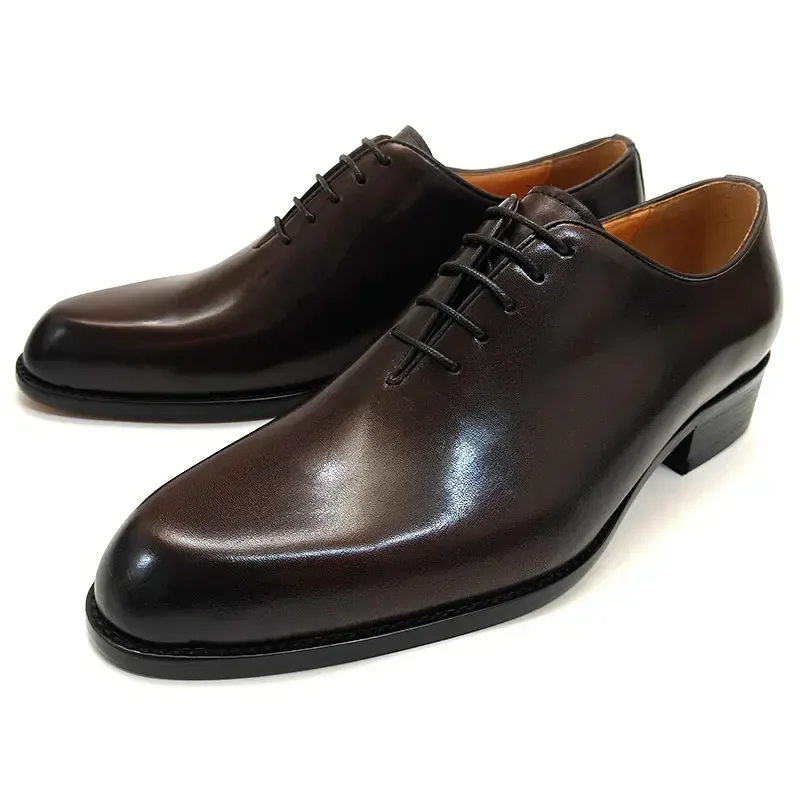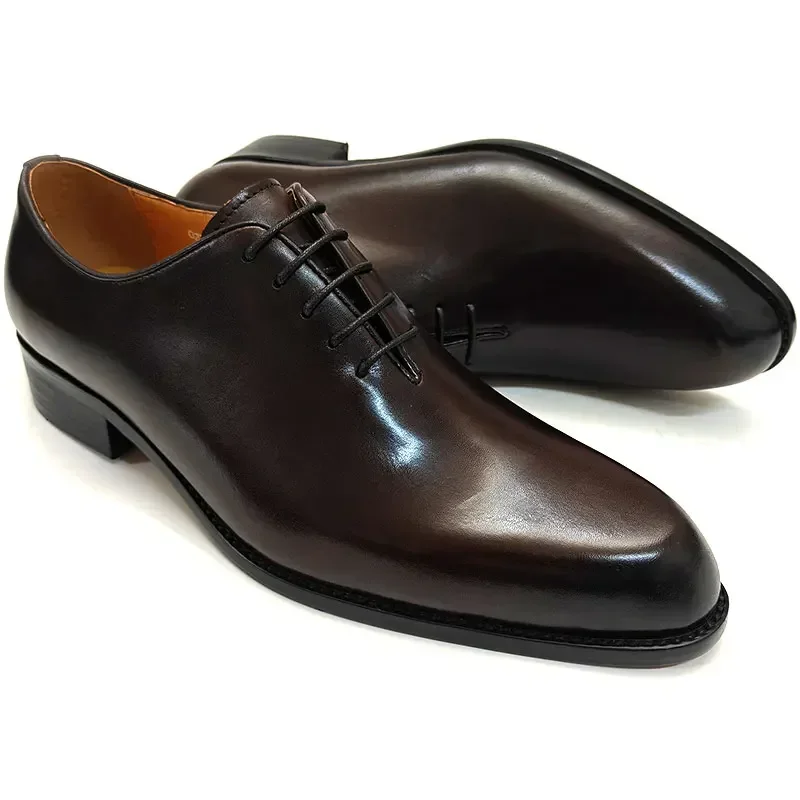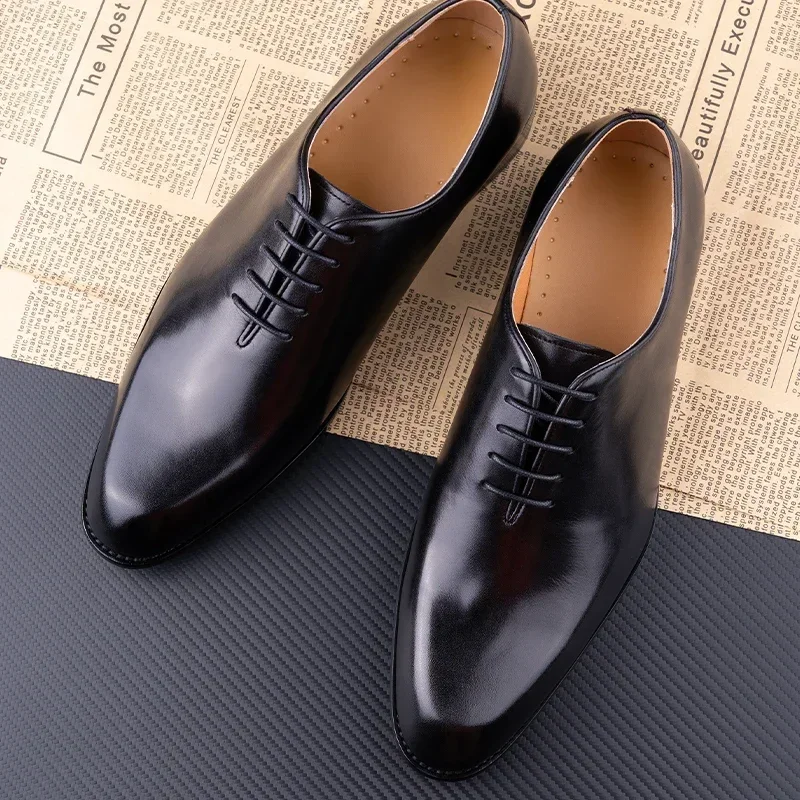Introduction to Painting Leather Shoes
Paint leather shoes can breathe new life into your old footwear, allowing for endless customization possibilities. It is an excellent way to transform worn-out or plain leather shoes into unique masterpieces that reflect your style and personality. Whether you’re looking to update your wardrobe, personalize a special pair of shoes, or dive into a creative project, paint leather shoes can be a rewarding and enjoyable experience. This comprehensive guide explores everything you need to know about painting leather shoes, from preparation and key materials to step-by-step instructions and practical tips. By the end, you’ll have the knowledge and confidence to embark on your leather shoe painting journey.

Why Paint Leather Shoes?
Choosing to paint leather shoes offers several compelling advantages. Firstly, it provides a cost-effective solution to update your footwear. Instead of purchasing new shoes, you can revamp your existing ones and give them a fresh, trendy look. Secondly, it allows for personalization. Painting your leather shoes enables you to express your creativity and design shoes that are truly one-of-a-kind. Lastly, it offers a sustainable approach. By updating and reusing your shoes, you reduce waste and contribute to a more sustainable fashion industry. Opting to paint your leather shoes means embracing creativity, sustainability, and cost-effectiveness.
Key Materials and Tools for Painting Leather Shoes
Painting leather shoes requires specific materials and tools to achieve a professional and long-lasting result. Understanding these key items can help you prepare adequately for your project.
Quality Leather Paint
One of the most crucial materials for painting leather shoes is quality leather paint.
Acrylic Leather Paint
Acrylic leather paint is specially formulated for leather surfaces, providing excellent adhesion and flexibility. It is available in various colors and finishes, allowing for endless creative possibilities. Brands like Angelus and Fiebing’s are known for their high-quality leather paints.
Paint Markers
Paint markers are another option for adding fine details and intricate designs to your leather shoes. These markers are filled with leather paint and offer precise control, making them ideal for detailed work and custom designs.
Preparation Materials
Proper preparation is essential for ensuring the paint adheres well to the leather surface.
Leather Cleaner
A quality leather cleaner is necessary to remove dirt, oils, and residues from the shoes before painting. This step ensures that the paint adheres properly and lasts longer.
Deglazer or Leather Preparer
A deglazer or leather preparer is used to remove the factory finish or any existing coatings on the leather. This step creates a clean and porous surface that improves paint adhesion.

Painting Tools
The right tools can make the painting process more efficient and enjoyable.
Brushes
Various brushes, including flat, round, detail, and foam brushes, are essential for different stages of the painting process. Flat brushes are suitable for applying base coats, while round and detail brushes are ideal for intricate designs and fine lines.
Palette and Mixing Tools
A palette for mixing paint and blending colors is essential for achieving the desired shades and effects. Plastic or ceramic palettes work well for this purpose. Mixing tools, such as palette knives or stirring sticks, help create custom colors and smooth consistency.
Finishing Products
Finishing products protect the painted surface and ensure a long-lasting finish.
Acrylic Finisher
An acrylic finisher is applied over the painted surface to seal and protect the paint. It provides a durable, water-resistant finish and prevents the paint from cracking or peeling.
Leather Conditioner
After finishing, a leather conditioner helps maintain the leather’s flexibility and softness. It keeps the leather supple and prevents it from drying out, ensuring the longevity of your painted shoes.
Step-by-Step Guide to Painting Leather Shoes
Painting leather shoes involves several key steps, from preparation to finishing. Following a step-by-step approach ensures a professional and long-lasting result.
Step 1: Preparing the Shoes
Proper preparation is crucial for ensuring the paint adheres well to the leather surface.
Cleaning the Leather
Start by cleaning the leather shoes thoroughly using a leather cleaner. Apply the cleaner with a soft cloth or sponge, removing dirt, oils, and residues. Allow the shoes to dry completely before proceeding to the next step.
Deglazing the Leather
Use a deglazer or leather preparer to remove the factory finish or any existing coatings on the leather. Apply the deglazer with a clean cloth and rub it over the entire surface of the shoes. This step creates a clean and porous surface that improves paint adhesion. Allow the shoes to dry completely before painting.
Step 2: Applying the Base Coat
Applying a base coat creates a smooth and even surface for the subsequent layers of paint.
Choosing the Base Color
Select a base color that complements your desired design. A neutral base color, such as white or beige, works well for most designs. However, you can choose any color that suits your creative vision.
Applying the Base Coat
Apply the base coat using a flat brush, ensuring even coverage over the entire surface of the shoes. Work in thin layers, allowing each layer to dry completely before applying the next. Multiple thin layers provide better coverage and prevent the paint from cracking.
Step 3: Painting the Design
This stage involves adding your desired design and details to the shoes.
Sketching the Design
Sketch your desired design on the shoes using a pencil or light-colored chalk. This step helps guide your painting and ensures accurate placement of the design elements.
Painting the Design
Use round and detail brushes to paint the design on the shoes. Work in thin layers, allowing each layer to dry completely before applying the next. Blend colors and add shading to create depth and dimension in your design. Take your time and work carefully to achieve a professional and polished look.
Step 4: Sealing and Finishing
Sealing and finishing the painted surface protect the paint and ensure a long-lasting result.
Applying the Acrylic Finisher
Apply an acrylic finisher over the painted surface using a flat brush or foam applicator. Ensure even coverage and allow the finisher to dry completely. Multiple thin layers of finisher provide better protection and durability.
Conditioning the Leather
After finishing, apply a leather conditioner to the shoes using a soft cloth. Gently rub the conditioner into the leather to keep it supple and prevent it from drying out. Allow the conditioner to absorb fully before wearing or storing the shoes.
Step 5: Final Touches
Adding final touches ensures a professional and polished appearance for your painted shoes.
Touching Up
Inspect the shoes for any missed spots or uneven areas. Use a detail brush to touch up and refine the design. Ensure that all areas are covered and the design looks cohesive.
Buffing and Polishing
Gently buff and polish the shoes using a soft cloth to enhance the finish and add a subtle shine. This step highlights the colors and details, giving the shoes a professional and polished appearance.

Practical Tips for Painting Leather Shoes
Painting leather shoes can be a rewarding and enjoyable experience. Following these practical tips ensures a successful and long-lasting result.
Choosing the Right Paint
Selecting high-quality leather paint is crucial for achieving a professional finish.
Acrylic Leather Paints
Choose acrylic leather paints from reputable brands like Angelus or Fiebing’s. These paints provide excellent adhesion, flexibility, and durability, ensuring a long-lasting result.
Paint Markers
Consider using paint markers for adding fine details and intricate designs. These markers offer precise control and are ideal for custom designs and personalization.
Working in Thin Layers
Applying paint in thin layers ensures even coverage and prevents cracking.
Patience and Precision
Work patiently and apply the paint in thin, even layers. Allow each layer to dry completely before applying the next. This approach ensures a smooth and professional finish.
Avoiding Overloading
Avoid overloading the brush with paint, as this can lead to uneven application and excess paint buildup. Work with small amounts of paint and build up the layers gradually for the best results.
Maintaining Clean Tools
Keeping your painting tools clean ensures smooth and precise application.
Regular Cleaning
Clean your brushes and tools regularly during the painting process. Use water or a mild brush cleaner to remove paint buildup and maintain the brushes’ performance.
Proper Storage
Store your brushes and tools properly when not in use. Keep them in a clean and dry place, and ensure that the bristles are not bent or damaged.
Practicing on Spare Leather
Practicing on spare leather helps you refine your techniques and gain confidence.
Testing Colors and Techniques
Use spare leather pieces to test colors, blending techniques, and design elements. This practice helps you understand how the paint behaves and ensures that you achieve your desired result on the actual shoes.
Experimenting with Designs
Experiment with different designs and patterns on spare leather to explore your creativity. This practice allows you to refine your skills and develop unique and personalized designs.
Care and Maintenance of Painted Leather Shoes
Proper care and maintenance ensure the longevity and appearance of your painted leather shoes. Following these tips helps preserve the artwork and maintain the shoes’ integrity.
Cleaning and Conditioning
Regular cleaning and conditioning keep the leather supple and maintain the painted surface.
Gentle Cleaning
Clean the shoes regularly using a damp cloth to remove dirt and dust. Avoid using harsh chemicals or abrasive cleaners that can damage the paint. Gently wipe the surface to maintain the paint’s integrity.
Conditioning the Leather
Apply a leather conditioner periodically to keep the leather supple and prevent it from drying out. Use a soft cloth to rub the conditioner into the leather and allow it to absorb fully. Avoid applying the conditioner directly on the painted surface to prevent altering its appearance.
Protecting the Painted Surface
Protecting the painted surface ensures a long-lasting and durable finish.
Applying Additional Finisher
Consider applying an additional layer of acrylic finisher every few months to seal and protect the paint. This step enhances the durability and water resistance of the painted surface.
Avoiding Excessive Wear
Avoid exposing the painted shoes to excessive wear and tear, such as rough surfaces or harsh weather conditions. Wear the shoes on appropriate occasions and handle them with care to preserve the artwork.
Storing the Shoes
Proper storage maintains the shape and condition of the painted leather shoes.
Using Shoe Trees
Use shoe trees to maintain the shape of the shoes and prevent creasing. Insert the shoe trees when the shoes are not in use to ensure they retain their form.
Storing in a Cool and Dry Place
Store the painted shoes in a cool and dry place, away from direct sunlight and heat sources. This prevents the paint from fading and the leather from drying out.
Addressing Wear and Tear
Addressing any signs of wear and tear promptly ensures the longevity of your painted shoes.
Touching Up Paint
Inspect the shoes regularly for any signs of wear or chipped paint. Use the original paint and a detail brush to touch up and restore the design. This step ensures that the shoes remain vibrant and well-maintained.
Reapplying Conditioner
Reapply leather conditioner periodically to keep the leather soft and supple. This step prevents the leather from drying out and cracking, ensuring the overall longevity of the shoes.
Conclusion
Painting leather shoes offers a unique and creative way to transform your footwear and express your style. Understanding the key materials and tools, following a step-by-step approach, and adhering to practical tips ensure a professional and long-lasting result. Proper care and maintenance preserve the painted surface and maintain the integrity of the leather, enhancing the longevity of your customized shoes. Embrace the creativity, sustainability, and cost-effectiveness of painting leather shoes, and enjoy the journey of transforming your footwear into personalized masterpieces. Whether you’re updating your wardrobe or exploring a creative project, painting leather shoes provides endless possibilities and rewards. Enjoy the process and the satisfaction of wearing your unique, hand-painted shoes.
